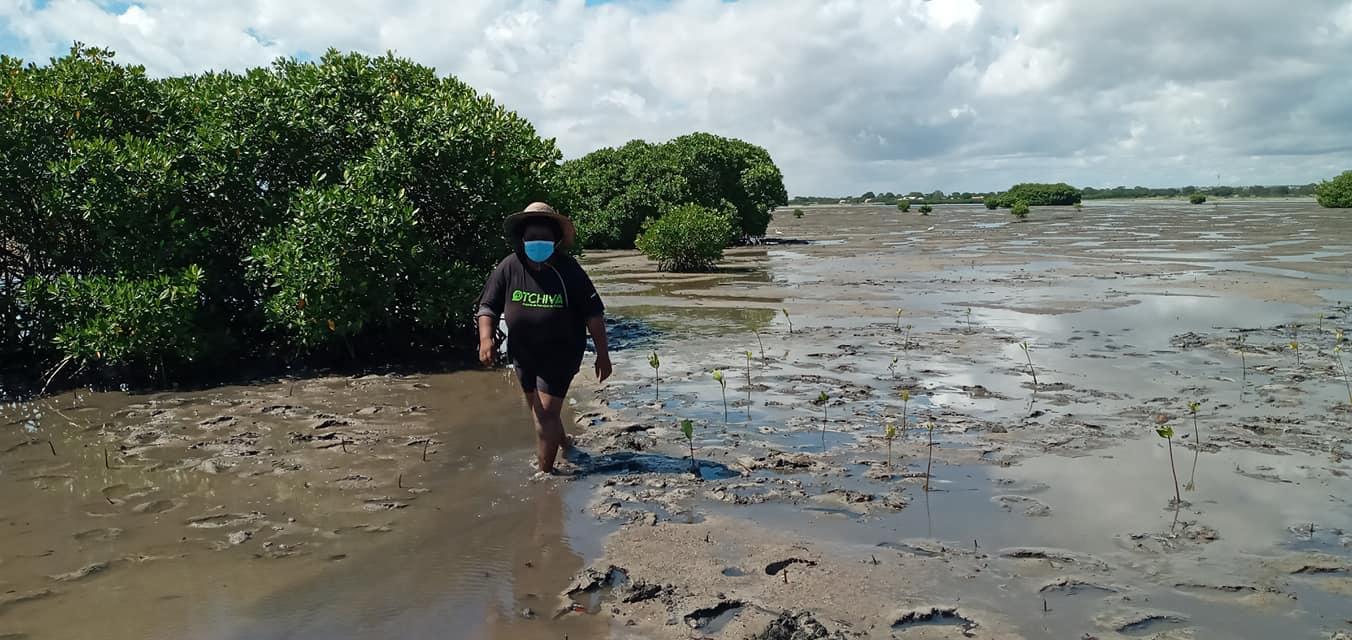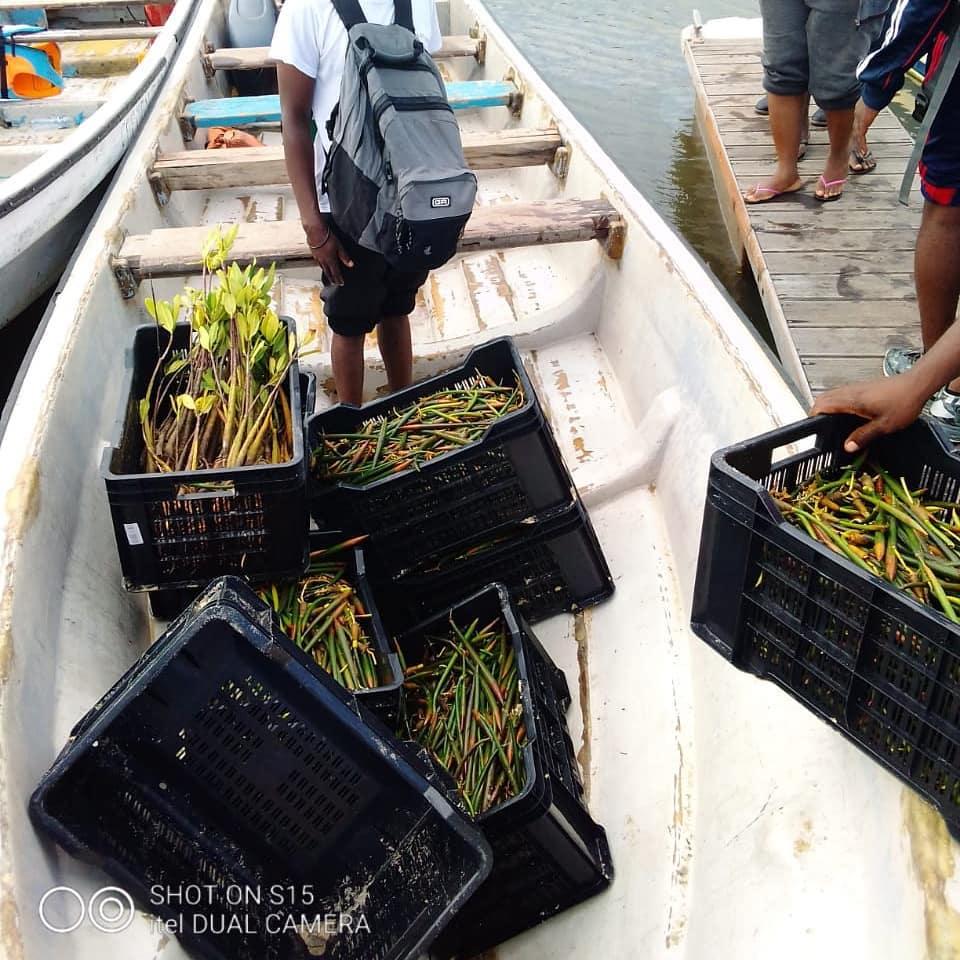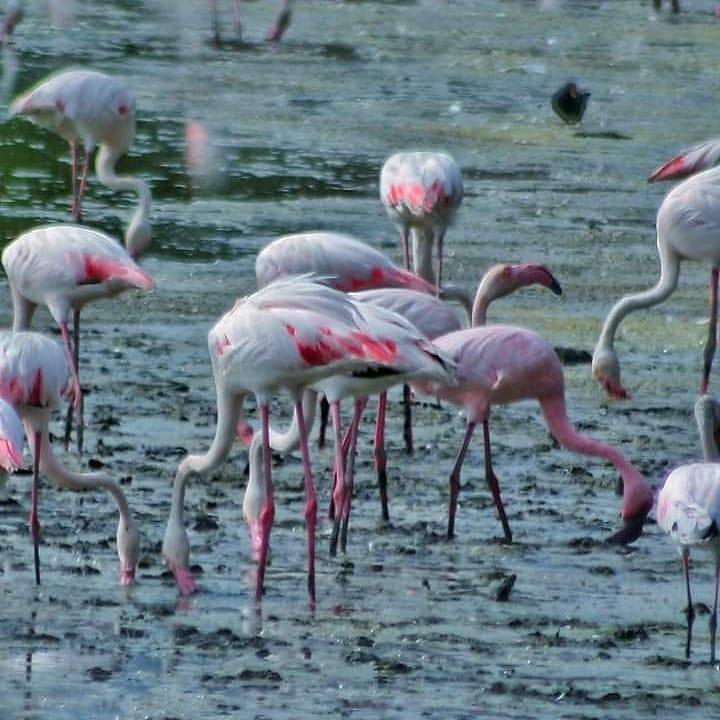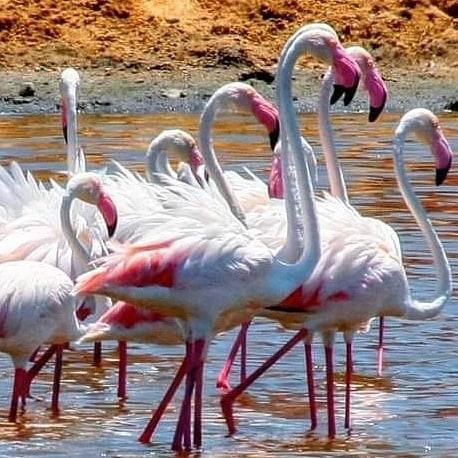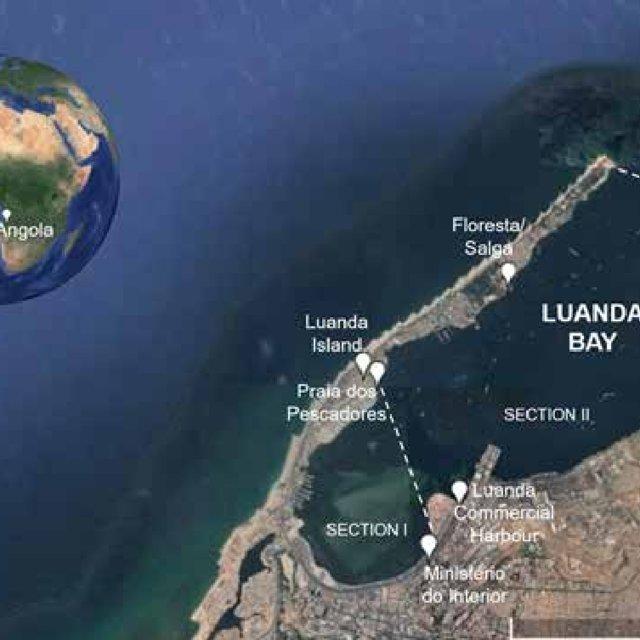Otchiva is the name of the NGO dedicated to reclaiming this Angolan Mangrove ecosystem, which has been disappearing at a frightening speed due to the rapid urbanization and huge demand for construction. A study shows that 60% of the loss of Mangroves in the Gulf of Guinea from Liberia to Angola is accredited to fuelwood exploitation for fish smoking, wood for construction, petroleum and gas exploration and exploitation activities along the coast and urban construction activities. In order to address issues of biodiversity loss and deforestation at a rapid rate, Otchiva embarked on a mangrove reforestation program, starting with 2019. The project by Otchiva is being implemented in all provinces of the coast of Angola Fernanda says. The Municipality of Lobito and the Capital of Angola in Luanda are the 2 places where the project already presents results. (2)
Overview
Nature-based solution
- Blue infrastructure
- Coastlines
- Coastal wetland, mangroves and salt marshes
Key challenges
- Climate action for adaptation, resilience and mitigation (SDG 13)
- Climate change mitigation
- Coastal resilience and marine protection (SDG 14)
- Coastal protection / hazard mitigation
- Marine and coastal biodiversity protection
- Green space, habitats and biodiversity (SDG 15)
- Habitat and biodiversity restoration
- Green space creation and/or management
- Water management (SDG 6)
- Flood protection
- Improvements to water quality
Focus
Project objectives
Implementation activities
Climate-focused activities
Climate change mitigation:
- Increase green urban nature for carbon storage (wetlands, tree cover)
- Raise public awareness of behaviours, lifestyle and cultural changes with mitigation potential
Biodiversity conservation or restoration-focused activities
Biodiversity restoration:
- Rehabilitate and restore damaged or destroyed ecosystems
- Restore species (native, endangered, or unspecified)
- Restore native species
- Public engagement
Main beneficiaries
- Local government/Municipality
- Non-government organisation/Civil Society
- Citizens or community groups
- Young people and children
Governance
Management set-up
- Co-governance with government and non-government actors
Type of initiating organisation
- Non-government organisation/civil society
Participatory approaches/ community involvement
- Dissemination of information and education
- Joint implementation (e.g. tree planting)
Details on the roles of the organisations involved in the project
Project implemented in response to ...
Financing
Total cost
Source(s) of funding
- Public national budget
- Multilateral funds/international funding
Type of funding
- Unknown
Non-financial contribution
- Provision of land
- Provision of labour
- Public authorities (e.g. land, utility services)
- Citizens (e.g. volunteering)
Impacts and Monitoring
Environmental impacts
- Climate change
- Strengthened capacity to address climate hazards/natural disasters
- Water management and blue areas
- Enhanced protection and restoration of coastal and marine ecosystems
- Green space and habitat
- Increased green space area
- Reduced biodiversity loss
- Increased number of species present
Economic impacts
- Unknown
Socio-cultural impacts
- Education
- Increased knowledge of locals about local nature
- Increased awareness of NBS and their benefits
Type of reported impacts
Presence of formal monitoring system
Presence of indicators used in reporting
Presence of monitoring/ evaluation reports
Availability of a web-based monitoring tool
References
2. Talk Africa (2019), VOLUNTEERS IN ANGOLA PLANT THOUSANDS OF MANGROVES TO RESTORE FOREST COVER, available at Source link (accessed 22-03-2022)
3. All Africa (2021), Angola: President Wants Concrete Actions for Environment, available at Source link (accessed 22-03-2022)
4. Facebook account of Otchiva (no date), available at Source link, (accessed 22-03-2022)
5. The Blue Carbon Initiative (no date), MITIGATING CLIMATE CHANGE THROUGH COASTAL ECOSYSTEM MANAGEMENT, available at Source link (accessed 22-03-2022)
6. Gordon Ajonina, Abdoulaye Diame, J.G. Kairo, Current status and conservation of mangroves in Africa: An overview (2018), available at Source link (accessed 22-03-2022)
7. Jornal de Angola (2021), Protecção de mangais preocupa autoridades, available at Source link (accessed 22-03-2022)

